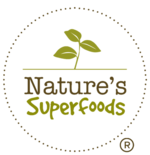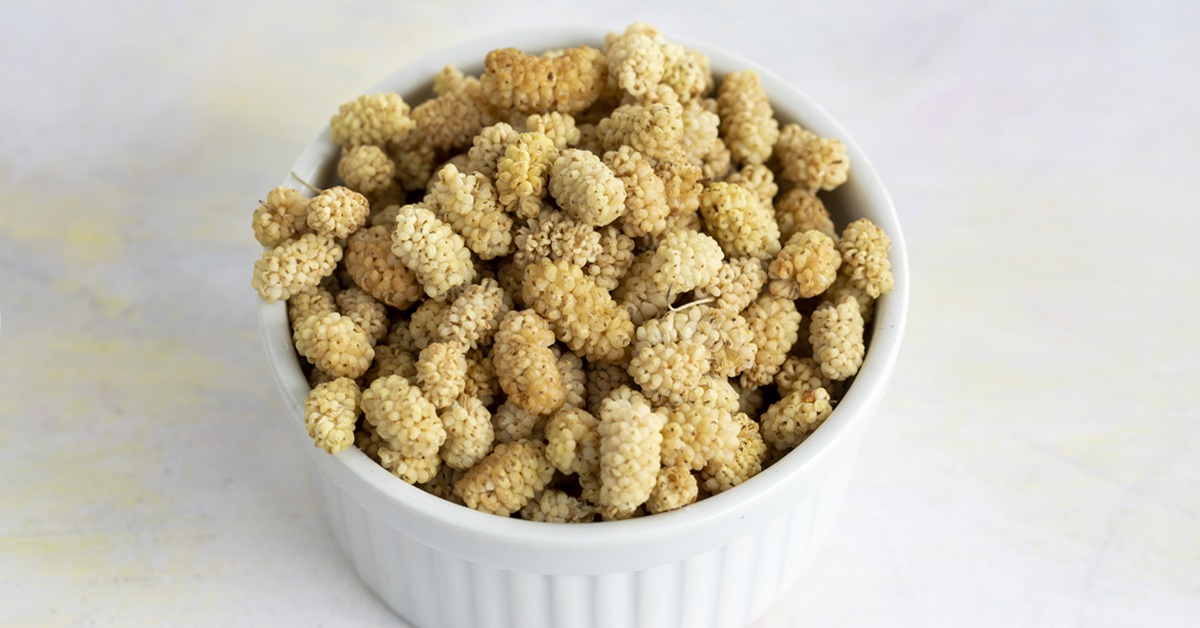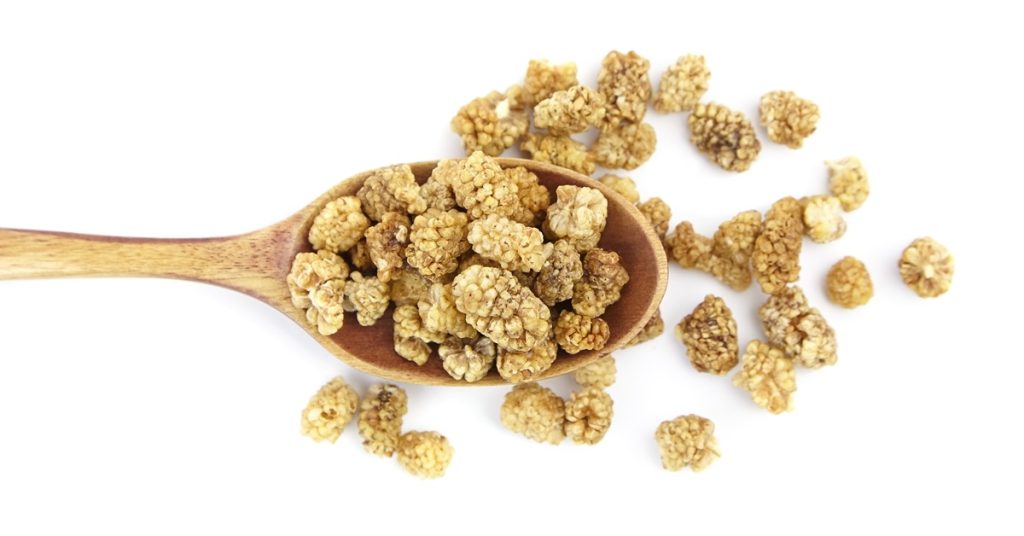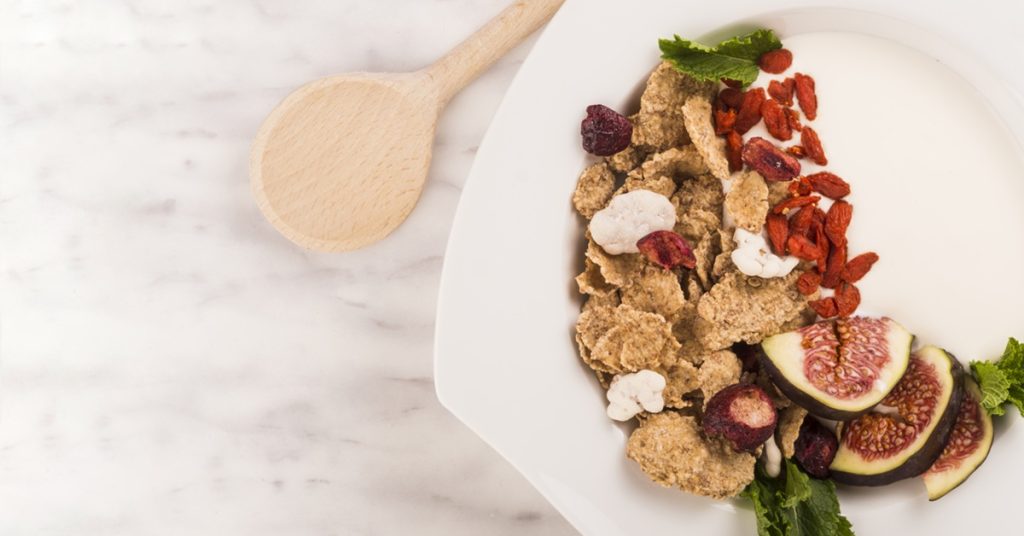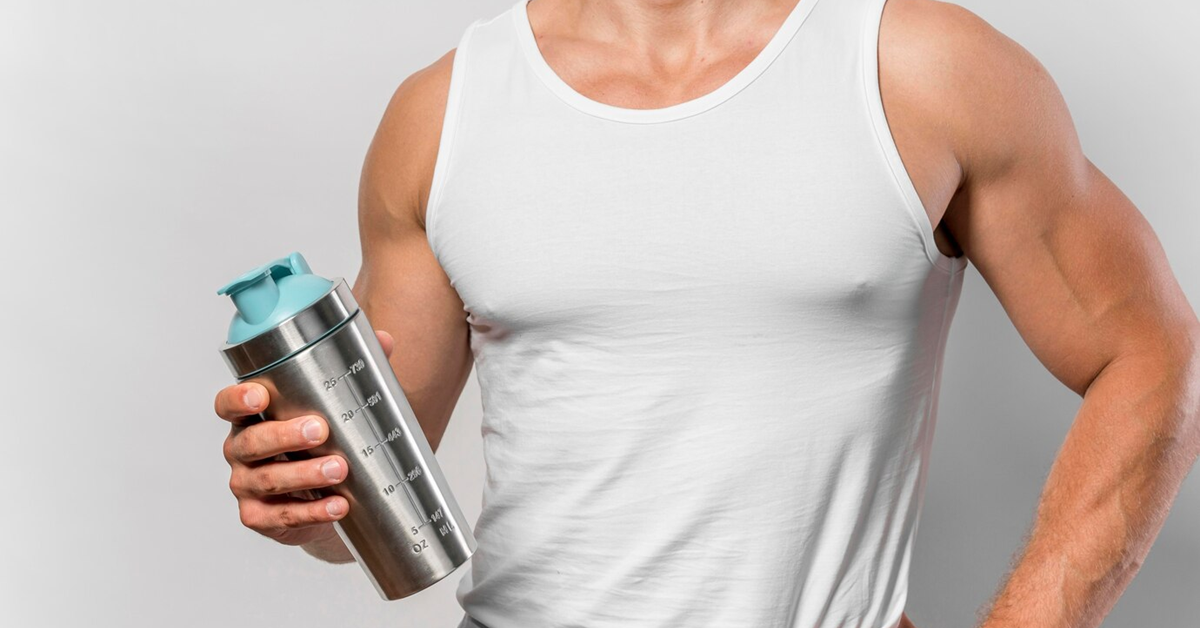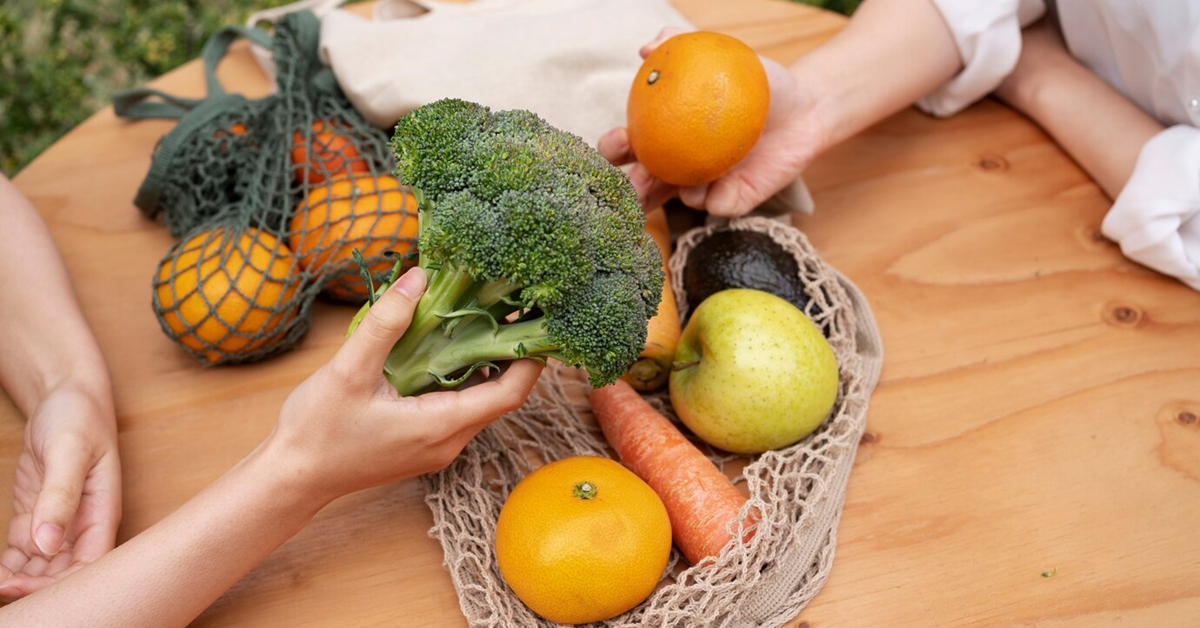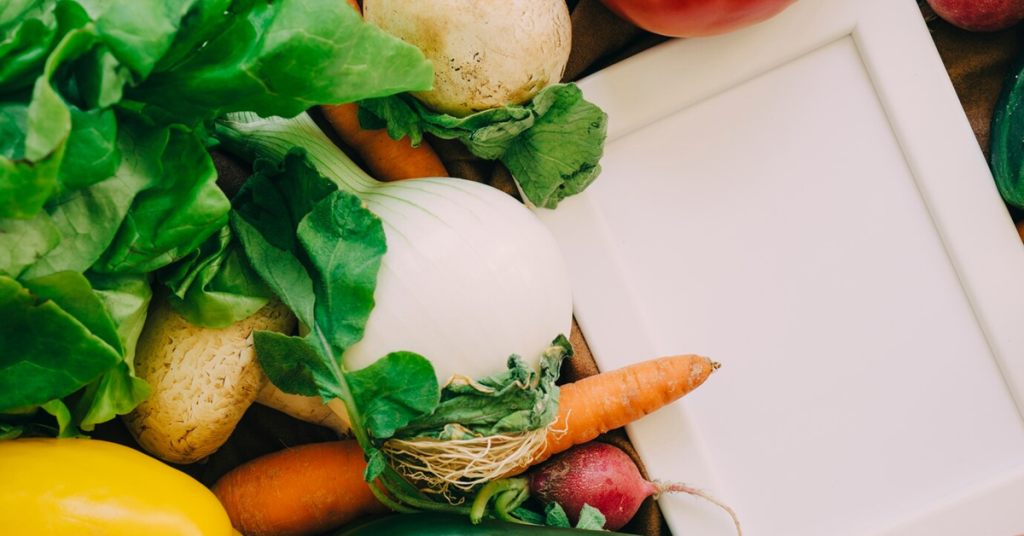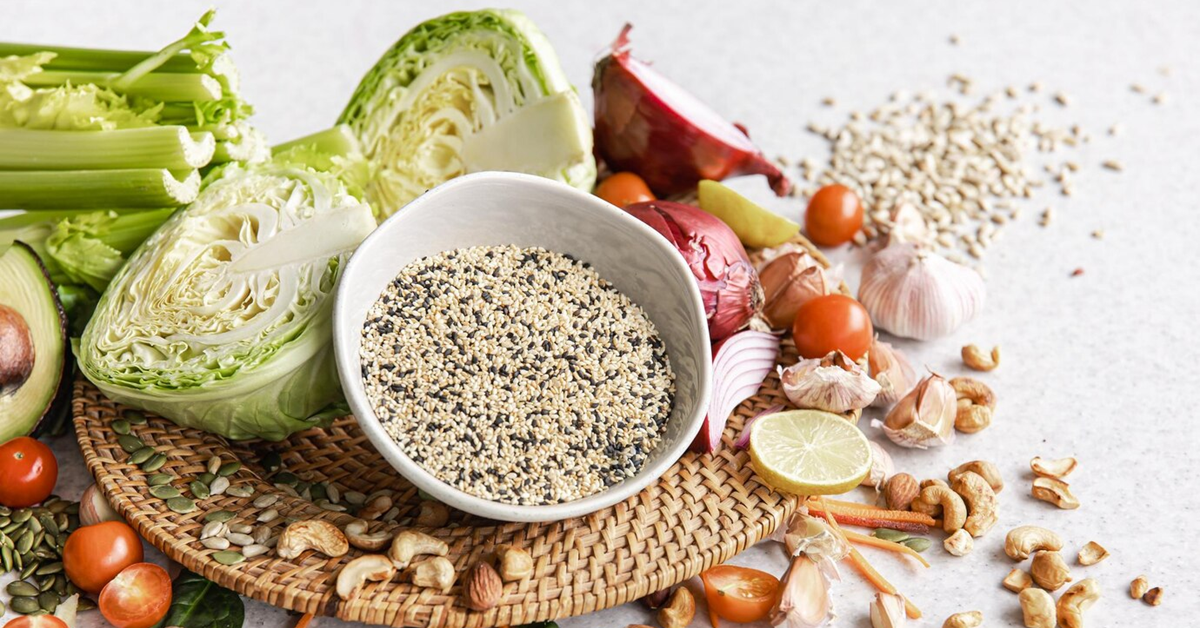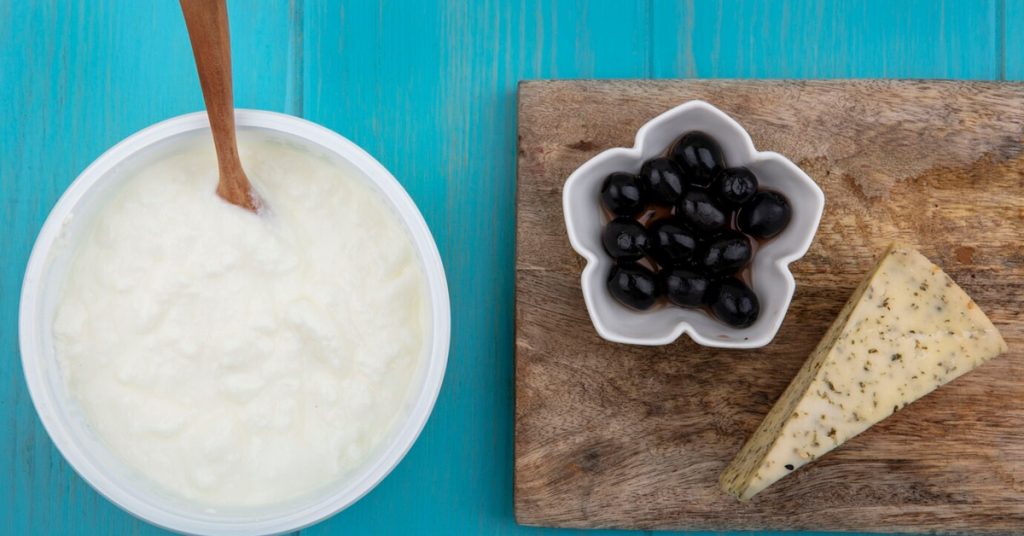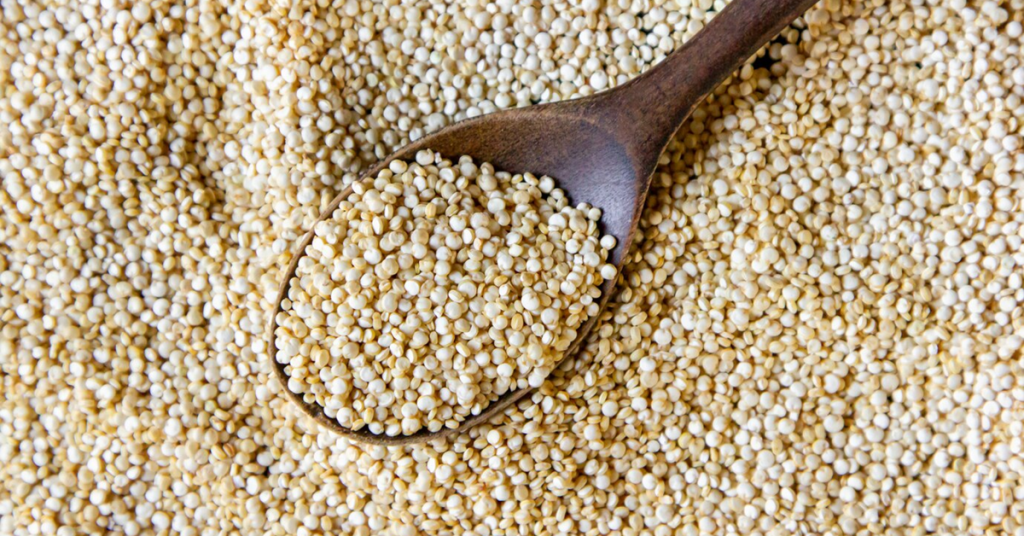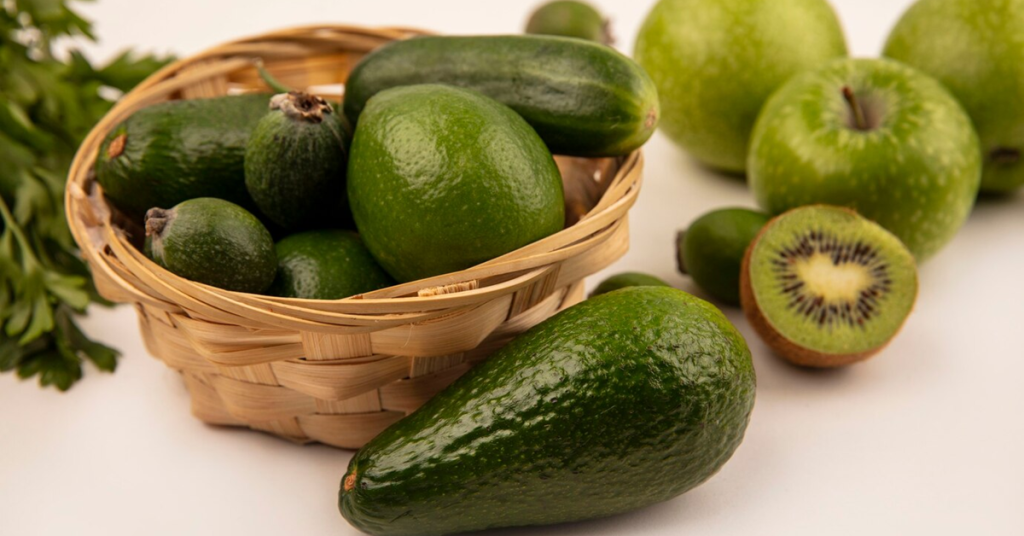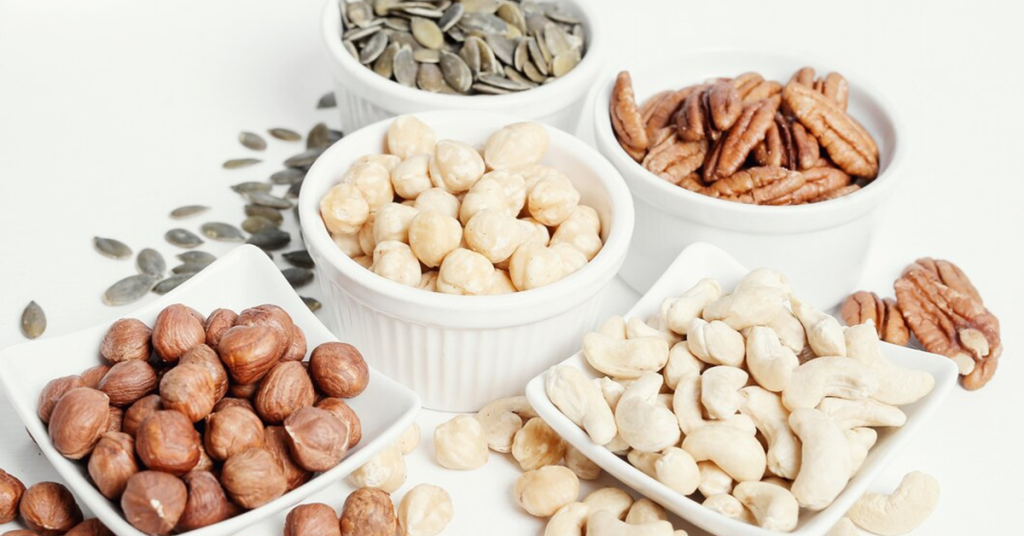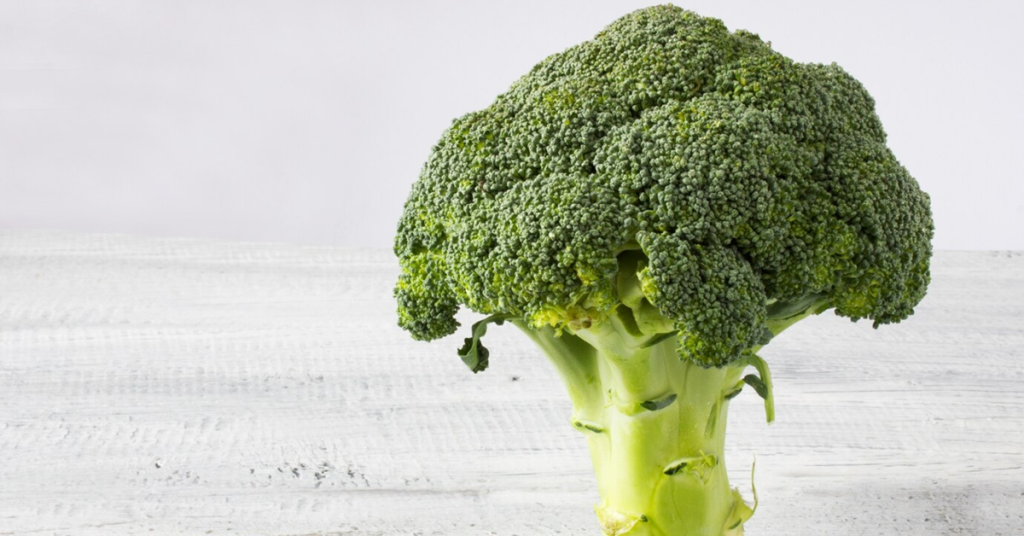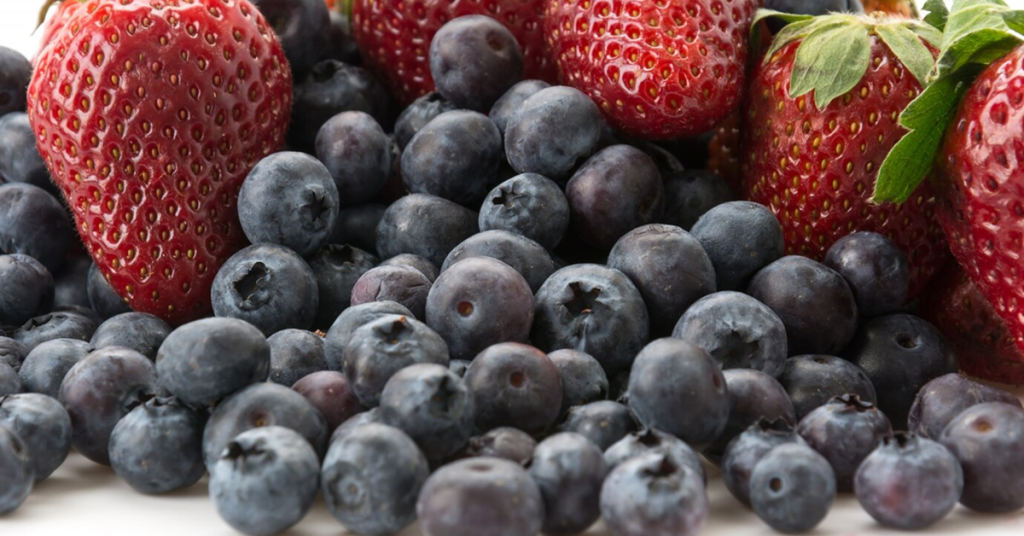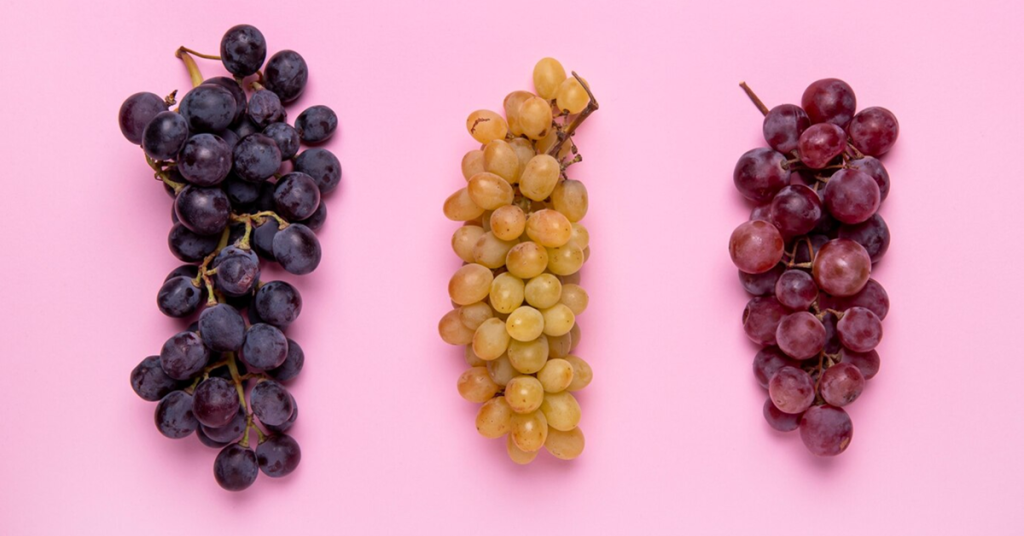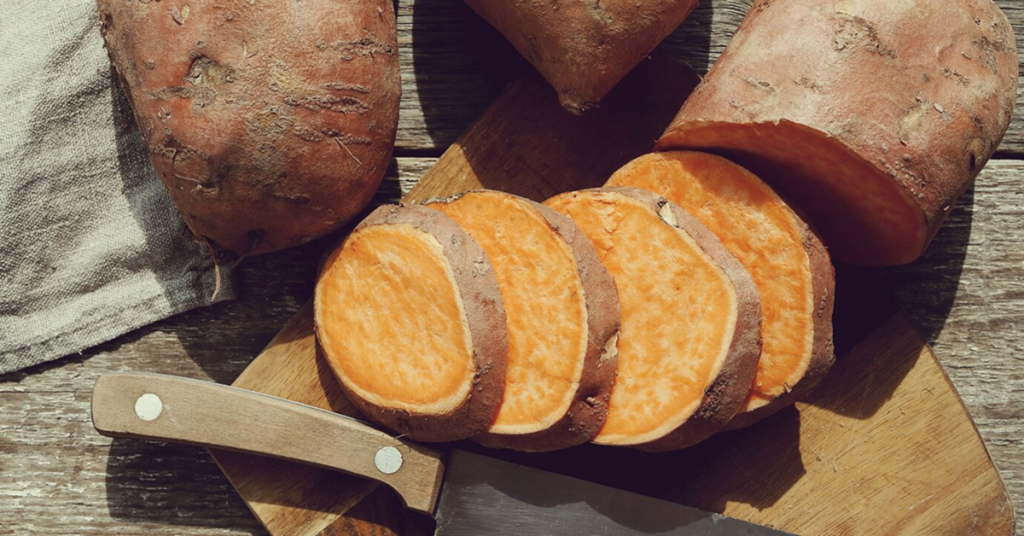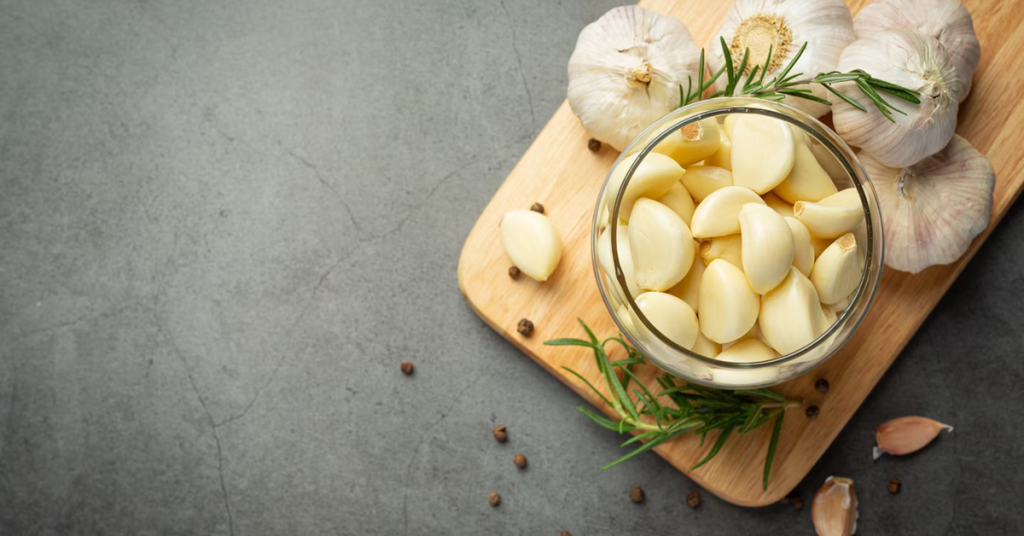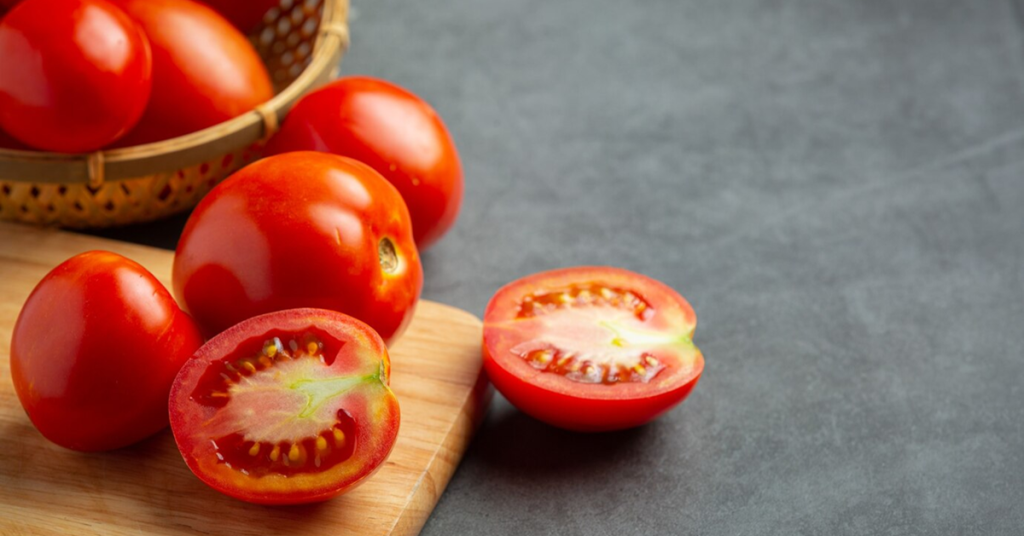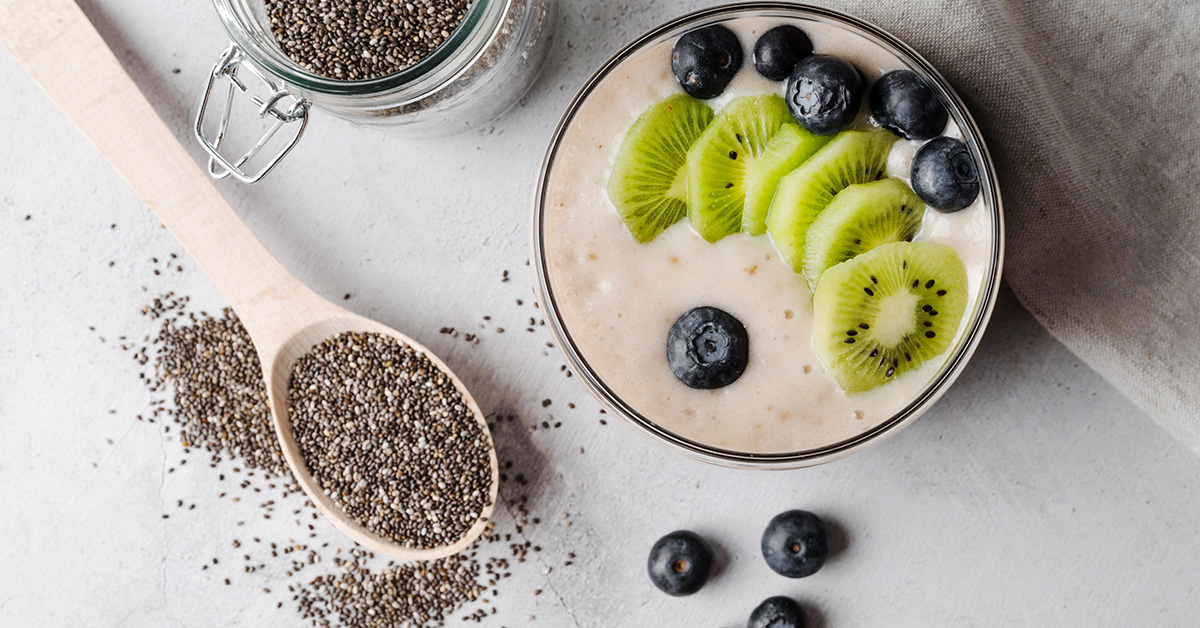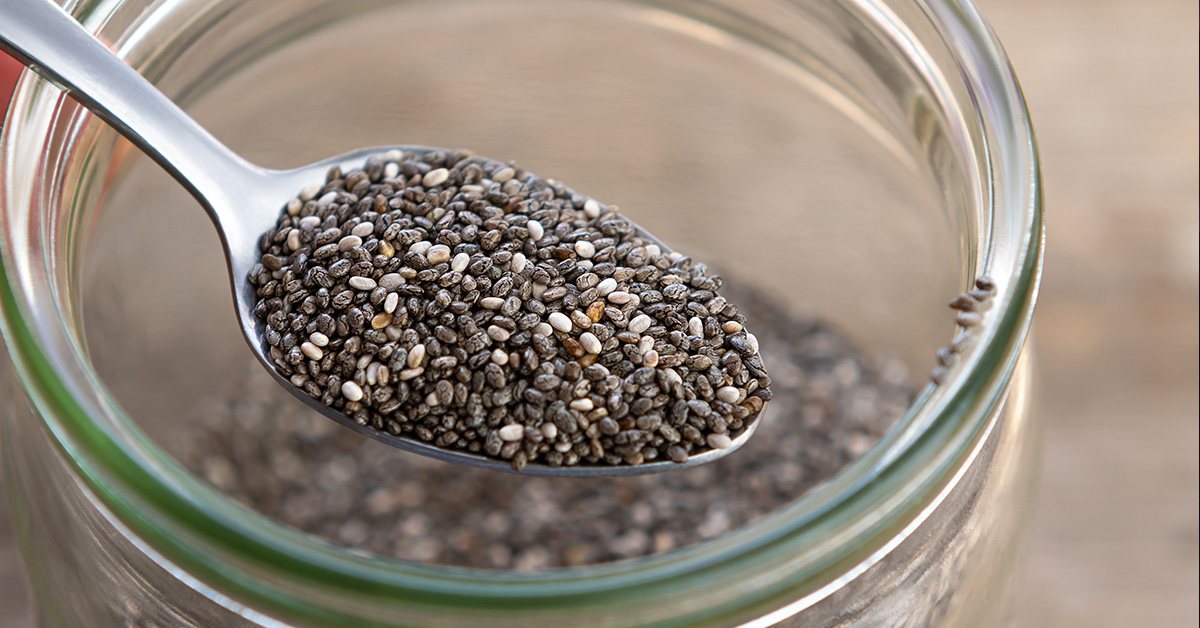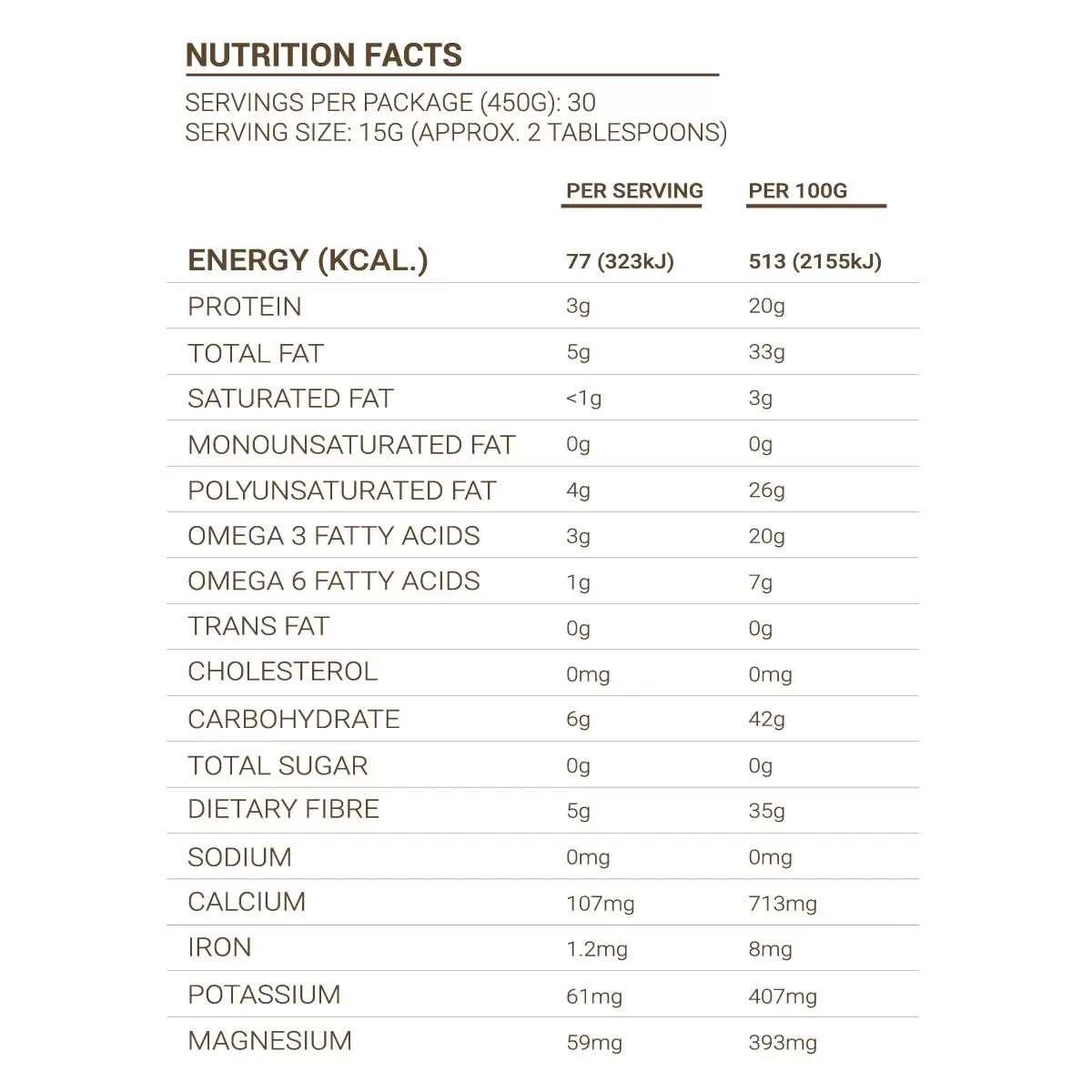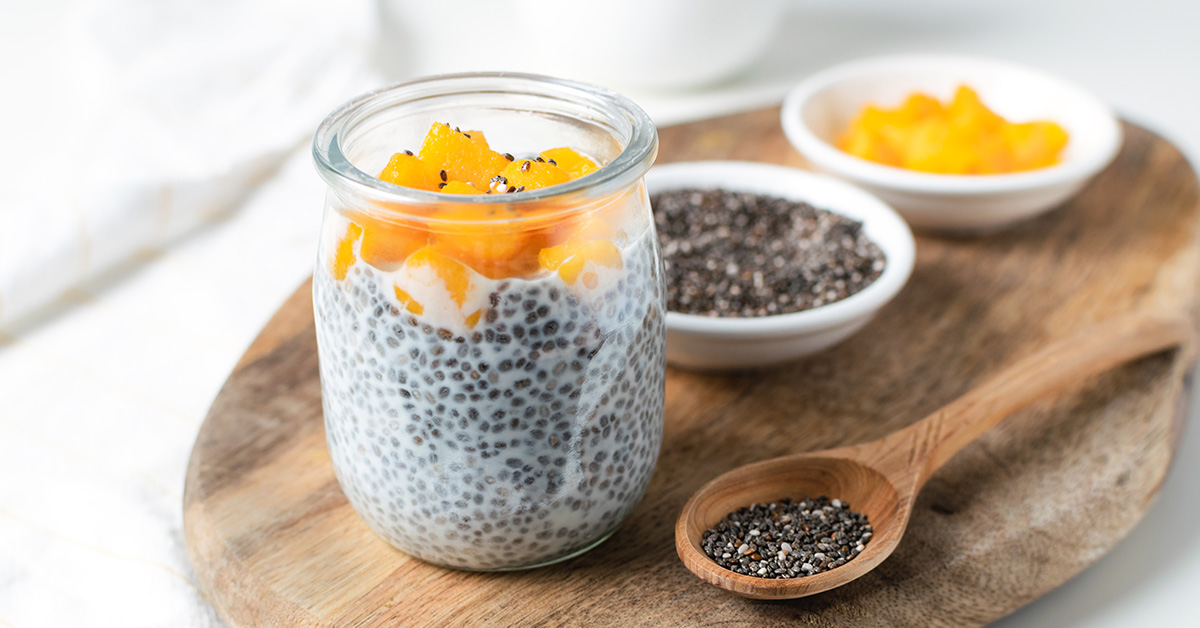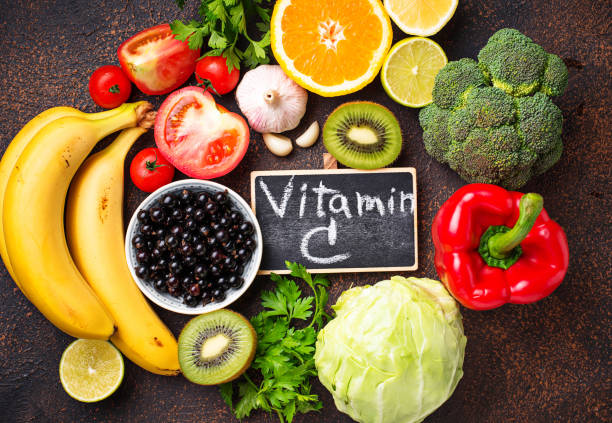-
No products in the cart.
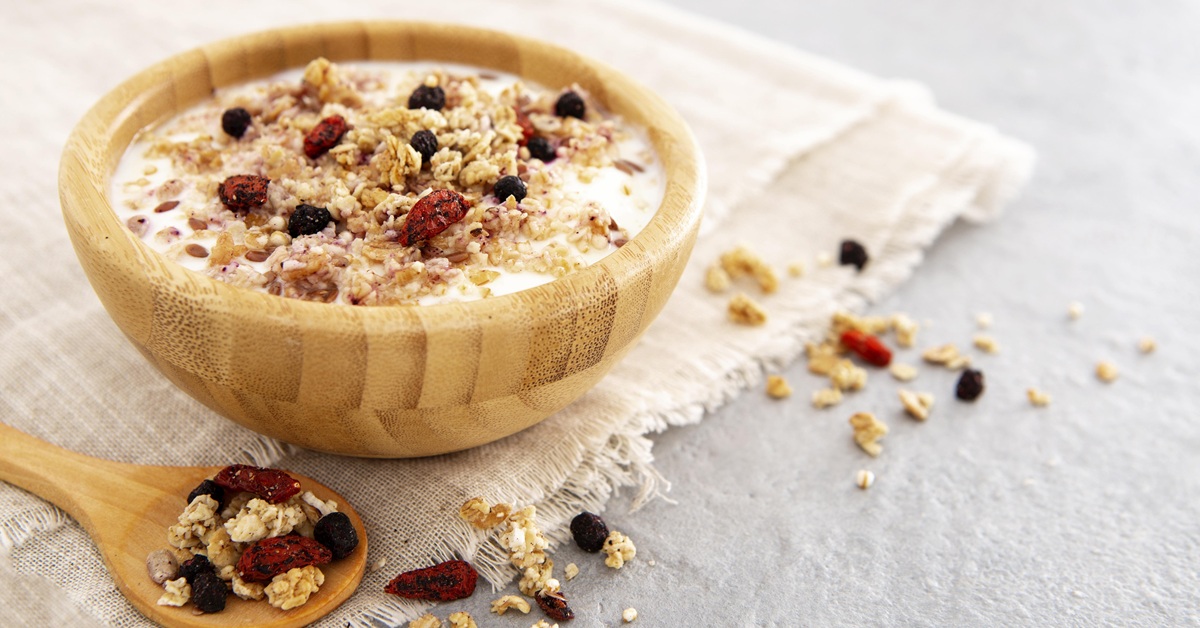
What Are Some Good Healthy Breakfast Cereal Options?

Breakfast is often considered the most important meal of the day, so choosing the right breakfast is essential for staying productive and energized, both body and mind. Healthy cereals are a popular choice for both children and adults. But do you know which healthy cereals are available on the market? In this article, we explore some of the best healthy cereal options for breakfast, their benefits and how to choose the right ones for your needs.
What Are Healthy Cereals?
Healthy cereals are those made from whole grains and are rich in nutrients such as fibre. They are usually free from added sugar, preservatives or artificial additives, making them a great choice for a clean balanced diet. These cereals can boost energy levels and help keep you full longer. Suitable for all ages, they are also convenient and easy to prepare. You can enjoy them on their own or with milk and yoghurt for an extra source of protein.
What Are Some of The Best Healthy Breakfast Cereal Options?
Some of the best options for a healthy breakfast cereal are those made from whole grains. Here are a few widely recommended choices.
1. Quinoa
Quinoa is one of the best healthy cereal options because it is rich in fibre, protein and essential minerals. It is considered a complete protein since it contains all nine essential amino acids that the body needs but cannot produce on its own. This makes quinoa excellent for supporting muscle repair and growth.
Unlike many other grains, quinoa is gluten-free and suitable for vegans. It is also a great alternative to white rice, thanks to its low glycaemic index, which helps prevent spikes in blood sugar levels. This makes quinoa a smart choice for people with diabetes or those looking to manage their blood sugar levels.
For an even more nutritious breakfast, you can combine quinoa with other nutrient-dense ingredients such as chia seeds, goji berries and mulberries. This creates a well-balanced and flavorful meal.
2. Oats
Oats are a popular healthy cereal choice, especially among health-conscious individuals. They are available in different forms, including rolled oats and steel-cut oats, both of which provide similar health benefits and have a low impact on blood sugar levels. However, instant oats are more processed and can lead to quicker spikes in blood sugar compared to rolled or steel-cut oats.
Oats are high in fibre, naturally gluten-free and contain beta-glucan, a type of soluble fibre known for its cholesterol-lowering effects. They also provide important nutrients such as zinc, selenium and manganese.
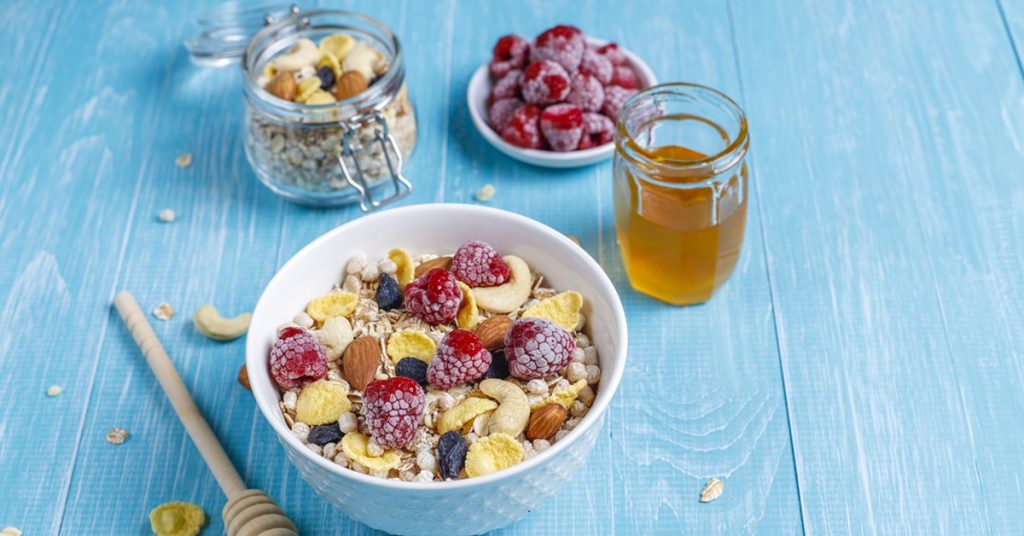
What Are The Benefits Of Consuming Healthy Cereals For Breakfast?
Eating healthy cereals for breakfast offers a range of benefits that support overall well-being and help you start your day right. Here are some key reasons to include them in your morning routine:
1. Healthy cereals are rich in fibre
Most healthy cereals are high in fibre, which supports digestion and helps regulate blood sugar levels. A sufficient daily intake of fibre also improves satiety, supports regular bowel movements and enhances overall digestive health.
2. Healthy cereals are packed with vitamins and minerals
Whole grain cereals are rich in nutrients such as magnesium, protein, fibre, zinc, iron and vitamins A, B, D and K. These essential nutrients help boost metabolism, support energy production and reduce the risk of chronic health conditions.
3. Healthy cereals boosts and sustain energy
Healthy cereals are an ideal breakfast choice because they provide lasting energy throughout the morning. In contrast, cereals high in refined sugar can lead to a quick energy crash later in the day.
4. Healthy cereals are good sources of plant-based protein
Whole grain cereals also supply protein, which is important for muscle growth and tissue repair. Grains like quinoa, amaranth and buckwheat are particularly high in protein. When paired with other sources such as nuts, seeds, protein powder or milk, healthy cereals make a well-rounded, protein-rich breakfast.
5. Healthy cereals support weight loss efforts
Managing weight often comes down to maintaining a calorie deficit consistently. Healthy cereals can help by keeping you full longer, which reduces the likelihood of overeating and curbs sugar cravings.
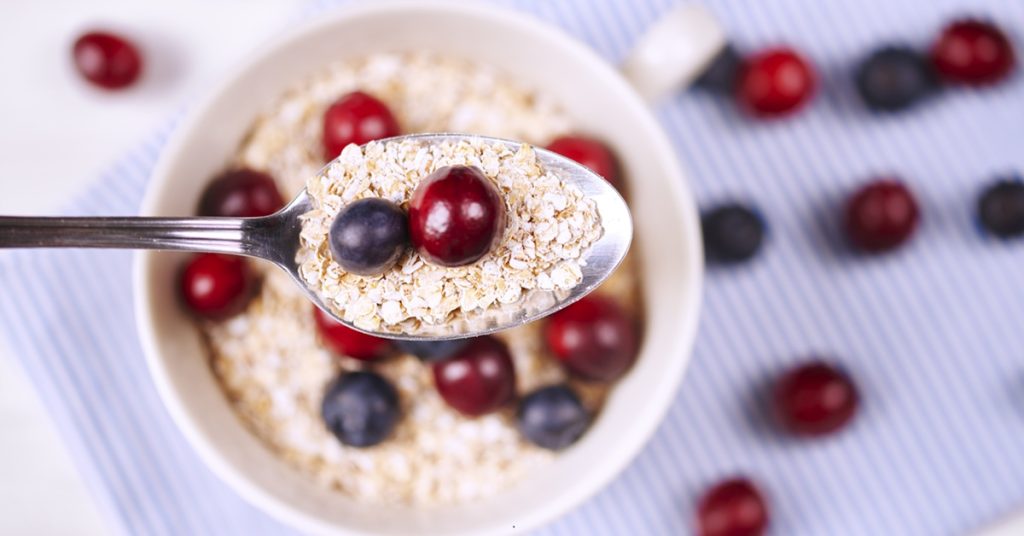
How To Find The Right Healthy Cereals
Before selecting a healthy cereal, it’s important to review the nutrition facts to ensure it fits your dietary needs. You should also consider potential allergens, as some cereals may contain nuts, gluten, dairy, soy or other ingredients that could cause reactions. Here are a few helpful tips for choosing the right healthy cereal:
1. Know your portion or serving size
Understanding the portion size helps you manage your daily calorie intake. Always read the nutrition label on the back of the packaging to determine the appropriate serving size.
2. Choose whole grains over refined grains
Whole grains are healthier than cereals made from refined grains like white rice or white flour. Refined grains undergo heavy processing, which strips away much of their fibre and nutrients. They can also cause faster spikes in blood sugar. In contrast, whole grains retain their nutritional value and are digested more slowly.
3. Check for additives, chemicals and high sugar content
Some cereals include added sugars, artificial additives or preservatives to extend shelf life or enhance flavour. Always check the nutrition label for the amount of sugar per serving. Review the ingredients list to ensure there are few or no chemical additives. Look for clean, whole-food ingredients and opt for natural sweeteners when needed. Avoid refined sugars like isolated glucose or fructose, which can lead to spikes in blood sugar levels.
Conclusion
Choosing healthy cereals for breakfast is an excellent way to start your day on a positive note. They provide essential nutrients and help boost your energy levels, keeping you prepared and focused throughout the morning. Regularly consuming healthy cereals also supports better digestion and helps strengthen your immune system over time.
